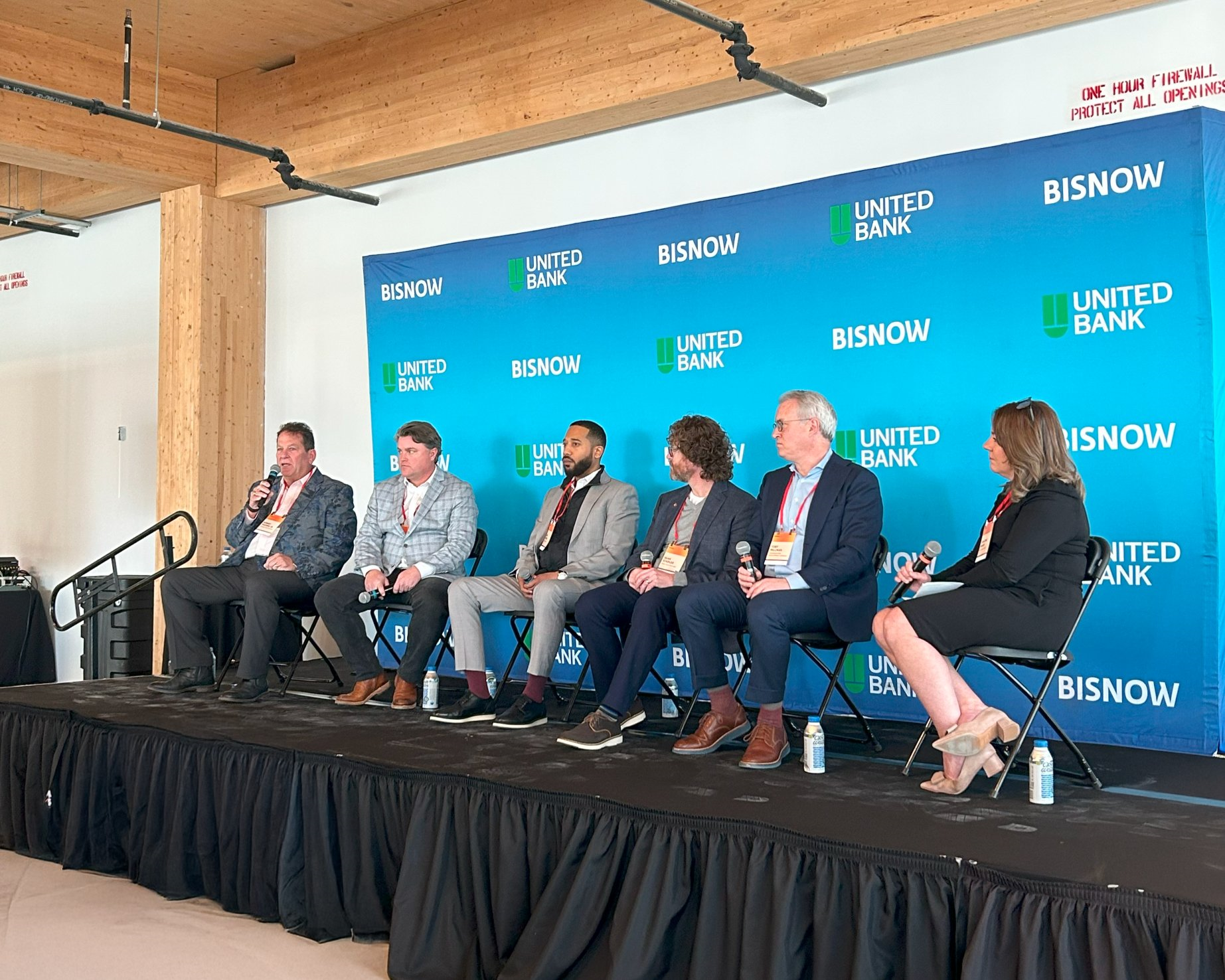



Revitalizing DC’s Real Estate Market: Conversions, Repositioning, and Adaptive Reuse as a Path Forward
The BisNow DMV Office Repositioning Summit highlighted the increasing push for conversions in the DC real estate market. With rising office vacancies and declining property values, developers and city leaders are looking at repositioning underutilized office buildings to better serve the needs of the community. Conversions preserve existing structures while enhancing their value for future use, and in some cases, transform spaces for entirely new purposes.
The Case for Office-to-Residential Conversions
DC’s primary focus has been on converting office spaces into residential units, as the region faces both a housing shortage and record-high commercial vacancies. As of midway through Q1 2025,the city’s office market direct vacancy rate sits at 16.8%, reports, Lincoln Property Company, with surrounding submarkets experiencing even higher rates. This surplus of unoccupied office space has prompted property owners to explore alternative uses to mitigate financial losses.
Conversions provide a dual benefit, they help reduce vacancies while addressing the area’s urgent need for housing, particularly affordable units. Many panelists referred to recent efforts by local leaders to encourage conversions through subsidies and financial incentives. The city has introduced tax abatements and assessment freezes, such as the “Office to Anything” tax conversion program, which provides a 15-year tax freeze for repositioning office spaces into non-residential uses.
Zoning & Economic Factors Driving Conversions
Zoning regulations play a critical role in making conversions feasible. DC streamlined commercial-to-residential conversions by revising zoning regulations, approving new mixed-use zones, and assessing real estate potential citywide. This regulatory flexibility lowers barriers to redevelopment and encourages the adaptive reuse of existing structures.
Economic considerations are also key. Higher downtown rents make conversions more viable than in suburban areas because they offer greater revenue potential, allowing developers to recoup conversion costs faster. While conversions can sometimes be as expensive as demolition and rebuilding, factors like building age, location, and structural feasibility play a crucial role in determining whether a project makes financial sense.
Revitalization Through Adaptive Reuse
Repositioning underperforming office buildings is essential to revitalizing DC’s urban landscape. The city must balance economic feasibility with creative urban planning to ensure conversions contribute to a vibrant, livable downtown. Speakers at the summit pointed to successful revitalization efforts such as sports arenas, large event venues, grocery stores, and shared spaces—all of which help drive urban vibrancy and economic growth.
Additionally, there is a focus on adding more housing in central Washington, particularly in the Central Business District. Increasing the residential population downtown would help support retail, generate tax revenue, and provide necessary housing for workers. More mixed-use developments would create dynamic neighborhoods, giving people more reasons to be downtown beyond just work.
Successful repositioning requires innovative approaches. Panelists highlighted solutions such as raising floors or repurposing courtyards to adapt older buildings for modern residential use. Creativity is key in reimagining spaces to better suit evolving needs, whether through structural modifications or adaptive design. A prime example is Pizzano’s recent repositioning of the Campagna Center, transforming a historic schoolhouse building into a non-profit center, which required raising floors to make the project feasible.
While DC is taking important steps in the right direction, true progress will require a collaborative effort between government leaders, developers, and private-sector stakeholders. As more office buildings transition into residential and mixed-use spaces, DC’s urban core is being reshaped to meet the evolving needs of its residents and businesses.